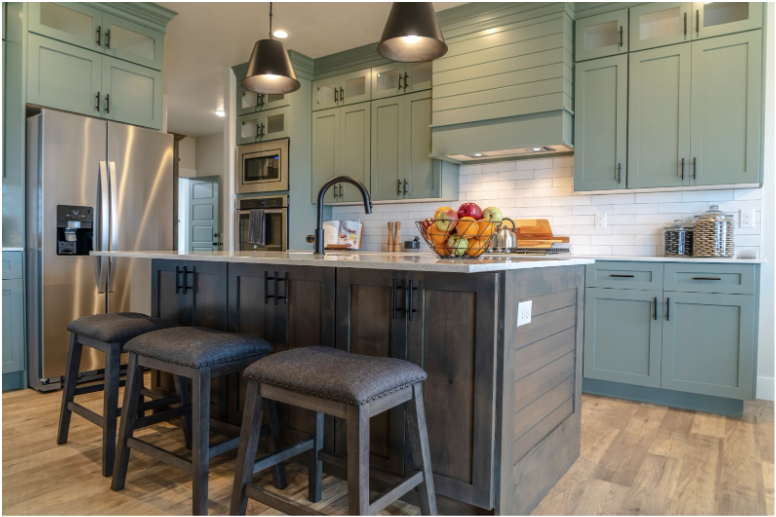
When it comes to remodeling your kitchen, one of the most significant decisions you'll make is choosing the right kitchen cabinets. Cabinets not only play a crucial role in your kitchen's functionality but also have a significant impact on its overall aesthetic. With a wide variety of styles and materials to choose from, making the right decision can be challenging. In this comprehensive guide, we'll explore different kitchen cabinet styles and materials to help you make an informed choice that suits your needs, preferences, and budget.
Kitchen Cabinet Styles
Kitchen cabinet styles encompass various design elements, including the door style, color, and hardware. Your choice of style can significantly influence the overall look and feel of your kitchen. Let's delve into some popular kitchen cabinet styles:
Shaker Style Cabinets
Shaker style cabinets are known for their timeless and versatile design. They feature a simple and clean look characterized by a five-piece door with a recessed center panel. Shaker cabinets are a popular choice for both traditional and contemporary kitchens. They work well with various finishes and can be adapted to suit different design aesthetics.
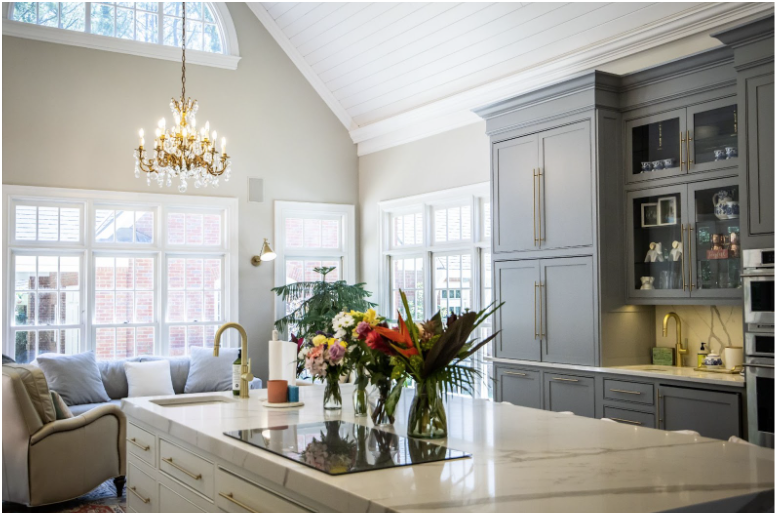
Key Characteristics:
- Simple and clean lines
- Recessed center panel
- Versatile and adaptable to different design styles
Raised Panel Cabinets
Raised panel cabinets are a classic choice that adds a sense of sophistication to the kitchen. These cabinets have a center panel that is raised above the frame, creating depth and dimension. Raised panel cabinets are often associated with traditional and formal kitchen designs.
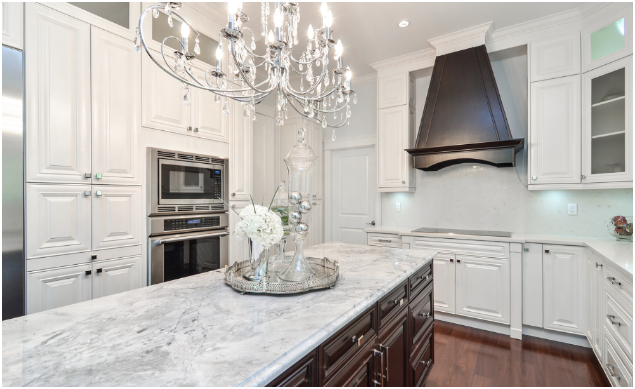
Key Characteristics:
- Center panel raised above the frame
- Elegance and formality
- Traditional kitchen appeal
Flat Panel Cabinets (Slab Cabinets)
Flat panel, also known as slab cabinets, have a minimalist and contemporary design. They feature a flat, unadorned door panel, which contributes to a sleek and streamlined look. Flat panel cabinets are popular in modern and minimalist kitchens, where simplicity and clean lines are emphasized.
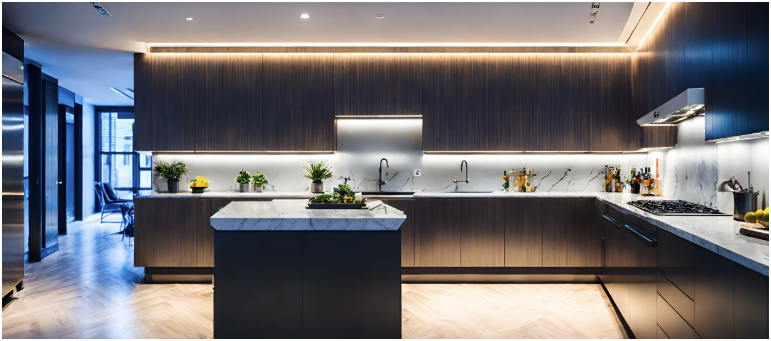
Key Characteristics:
- Flat and unadorned door panel
- Minimalist and contemporary design
- Clean and streamlined appearance
Beadboard Cabinets
Beadboard cabinets feature door fronts or side panels with vertical grooves or bead-like detailing. This style adds a touch of texture and a sense of cottage or country charm to the kitchen. Beadboard cabinets are often chosen for farmhouse and coastal kitchen designs.
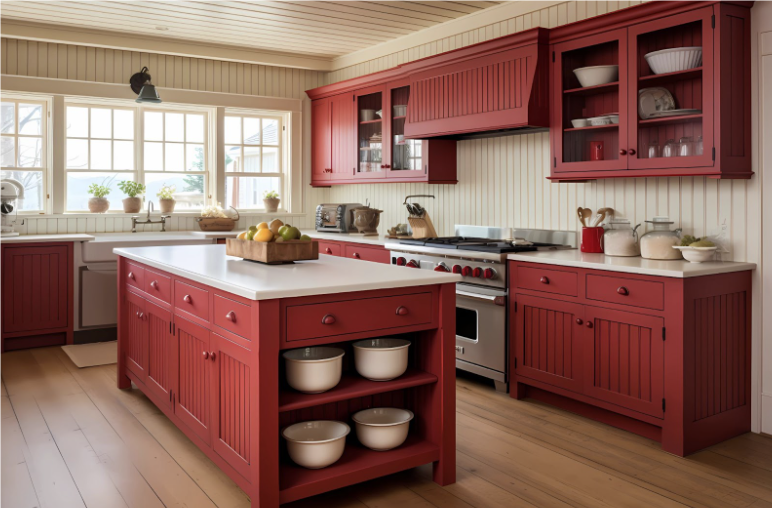
Key Characteristics:
- Vertical grooves or bead-like detailing
- Cottage or country charm
- Suitable for farmhouse and coastal styles
Glass Front Cabinets
Glass front cabinets are an excellent option if you want to display your kitchenware and add a touch of elegance. These cabinets have glass panels in their doors, allowing you to showcase dishes, glassware, or collectibles. Glass front cabinets work well in traditional, transitional, and contemporary kitchens.

Key Characteristics:
- Glass panels in the door fronts
- Elegant and ideal for displaying kitchenware
- Compatible with various design styles
Open Shelving
Open shelving is a style that foregoes traditional cabinet doors entirely. Instead, it involves using shelves to display dishes, cookware, and decorative items. Open shelving creates an open and airy feel in the kitchen and is often chosen for modern and eclectic designs.
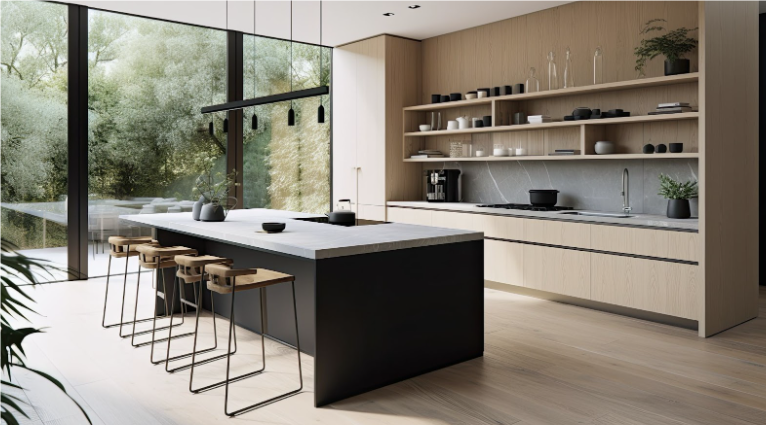
Key Characteristics:
- No cabinet doors
- Open and airy feel
- Suited for modern and eclectic kitchens
Distressed Cabinets
Distressed cabinets are intentionally aged or weathered to give them a rustic and time-worn appearance. This style is perfect for creating a cozy and inviting atmosphere in the kitchen. Distressed cabinets are commonly used in farmhouse, cottage, and rustic kitchen designs.
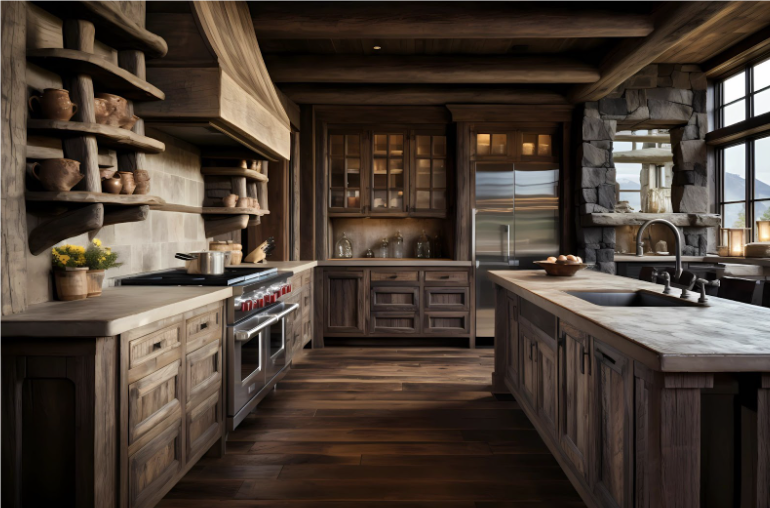
Key Characteristics:
- Aged or weathered look
- Rustic and inviting feel
- Ideal for farmhouse and cottage kitchens
Custom Cabinets
If none of the standard cabinet styles quite fit your vision, custom cabinets might be the solution. Custom cabinets are tailored to your specific design preferences and requirements. You can choose the materials, finishes, and details to create a truly unique kitchen.
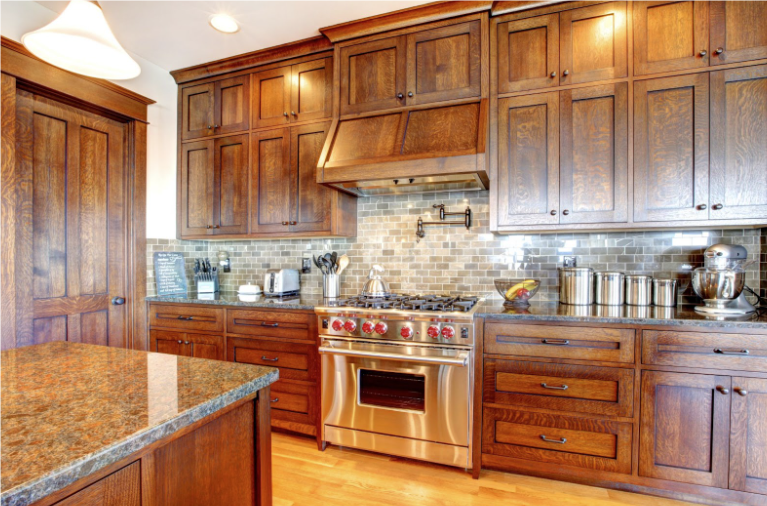
Key Characteristics:
- Tailored to your preferences
- Endless design possibilities
- Ideal for achieving a unique and personalized look
Kitchen Cabinet Materials
The material you choose for your kitchen cabinets not only affects their appearance but also their durability and maintenance requirements. Here are some common kitchen cabinet materials to consider:
Wood
Wood is a classic and timeless choice for kitchen cabinets. It offers a warm and natural look that can complement various design styles. Different wood species, such as oak, maple, cherry, and walnut, have distinct colors and grain patterns, allowing you to customize the appearance of your cabinets.
Pros:
- Natural beauty and warmth
- Versatile for different styles
- Durable and long-lasting
Cons:
- Susceptible to humidity and temperature changes
- Can be more expensive than other materials
Plywood
Plywood is a popular choice for cabinet construction due to its strength and durability. It consists of layers of wood veneers glued together, resulting in a stable and sturdy material. Plywood cabinets are less prone to warping or cracking, making them a practical option for kitchens.
Pros:
- Strength and durability
- Resistant to warping
- Suitable for various styles
Cons:
- Appearance may be less appealing than solid wood
- Cost can vary depending on the quality of plywood
Medium-Density Fiberboard (MDF)
Medium-Density Fiberboard (MDF) is an engineered wood product made from wood fibers, wax, and resin. It is known for its smooth and uniform surface, making it an excellent choice for painted cabinet doors. MDF is often used in combination with solid wood or veneers for cabinet construction.
Pros:
- Smooth and uniform surface
- Ideal for painted finishes
- Cost-effective option
Cons:
- Vulnerable to moisture and may swell or warp
- Not as durable as solid wood
Particleboard
Particleboard is another engineered wood product, made from wood particles, adhesive, and pressure. It is the most budget-friendly option for cabinet construction. However, it is less durable than plywood or solid wood and is more susceptible to moisture damage.
Pros:
- Affordable
- Suitable for budget-conscious projects
Cons:
- Less durable and susceptible to moisture
- Limited aesthetic appeal
Laminate
Laminate cabinets are constructed with a particleboard or MDF core and finished with a thin layer of laminate material. Laminate is available in a wide range of colors, patterns, and textures, allowing for versatile design possibilities.
Pros:
- Variety of colors and patterns
- Resistant to stains and easy to clean
- Affordable
Cons:
- Less durable than wood
- May not have the same natural look and feel
Stainless Steel
Stainless steel cabinets are a sleek and modern choice that offers durability and resistance to stains and heat. They are often chosen for contemporary and industrial kitchen designs. While stainless steel cabinets can be more expensive, they provide a unique and sophisticated appearance.
Pros:
- Sleek and modern look
- Durable and resistant to stains
- Heat-resistant
Cons:
- Higher cost
- Prone to fingerprints and scratches
Thermofoil
Thermofoil cabinets consist of MDF or particleboard covered with a heat-sealed vinyl or laminate material. Thermofoil cabinets are available in various colors and styles and are known for their smooth and easy-to-clean surface.
Pros:
- Wide variety of finishes
- Easy to clean and maintain
- Affordable
Cons:
- Vulnerable to heat and may peel or warp
- Limited repair options if damaged
Cabinet Hardware
In addition to cabinet style and material, your choice of cabinet hardware can greatly impact the functionality and appearance of your kitchen cabinets. Hardware includes items like handles, knobs, pulls, and hinges. Here are some factors to consider:
Handles vs. Knobs vs. Pulls
Handles, knobs, and pulls are the three primary types of cabinet hardware. Your choice can affect the overall look and functionality of your kitchen cabinets.
Handles: Handles are often more substantial and provide a solid grip. They can be a practical choice for larger drawers and cabinets.
Knobs: Knobs are smaller and can be more discreet. They are a popular choice for both traditional and contemporary kitchens.
Pulls: Pulls are longer and offer a larger area to hold, making them a comfortable option for drawers and larger doors.
Material and Finish
Cabinet hardware comes in various materials and finishes, including stainless steel, brass, nickel, chrome, and more. Consider the material and finish that complements your cabinet style and the overall design of your kitchen.
Functionality
Ensure that the cabinet hardware you choose is not only aesthetically pleasing but also functional. Easy-to-grip handles and knobs can enhance usability, especially in high-traffic areas of your kitchen.
Consistency
Maintaining a consistent look throughout your kitchen is essential. Choose cabinet hardware that complements your cabinet style and other fixtures in your kitchen, such as faucets and appliances.
Additional Considerations
Budget
Your budget plays a significant role in your cabinet choices. Consider both the cost of the cabinets themselves and the installation costs. Remember that while some materials may be more expensive upfront, they may offer better durability and longevity, potentially reducing long-term maintenance and replacement costs.
Kitchen Layout
The layout of your kitchen can influence your cabinet choices. Consider the size and configuration of your kitchen, including the location of appliances, sinks, and countertops. Your cabinet style and material should complement your kitchen's layout and flow.
Maintenance
Different cabinet materials require varying levels of maintenance. Consider how much time and effort you are willing to invest in cleaning and maintaining your cabinets. Wood cabinets, for example, may require periodic sealing or refinishing, while laminate cabinets are relatively low-maintenance.
Resale Value
If you plan to sell your home in the future, consider the impact of your cabinet choices on resale value. While personal style is essential, opting for timeless and versatile cabinet styles and materials can appeal to a broader range of potential buyers.
Making Your Choice
Choosing the right kitchen cabinets is a significant decision in your kitchen remodeling project. To make an informed choice, follow these steps:
Define Your Style: Determine the overall style you want for your kitchen, whether it's traditional, modern, farmhouse, or another aesthetic.
Set a Budget: Establish a budget that includes both the cost of cabinets and installation. Be sure to account for any additional features or customizations you desire.
Prioritize Functionality: Consider how you use your kitchen and prioritize functionality. Think about the layout, storage needs, and ease of access.
Select Cabinet Style: Choose a cabinet style that aligns with your design vision and complements your kitchen's overall theme.
Pick the Right Material: Select a cabinet material based on your preferences, durability requirements, and maintenance considerations.
Decide on Hardware: Decide on the type, material, and finish of cabinet hardware that enhances both aesthetics and functionality.
Consult Professionals: If you're unsure about your choices or need assistance, consult with a kitchen designer or contractor. They can provide valuable insights and help you make informed decisions.
Review and Visualize: Review all your choices together to ensure they create a cohesive and harmonious kitchen design. Visualize how your selections will come together to create your dream kitchen.
Remember that your kitchen cabinets are a long-term investment, so it's crucial to take your time in making decisions. The right cabinets can enhance your kitchen's beauty, functionality, and overall enjoyment for years to come.
Choosing the right kitchen cabinets involves a careful balance of style, materials, and functionality. By understanding your design preferences, budget, and the unique needs of your kitchen, you can make informed choices that result in a kitchen that not only looks great but also works efficiently for you and your family. Whether you opt for classic wood cabinets, modern laminate, or something in between, the key is to select cabinets that suit your lifestyle and reflect your personal style. With the right cabinets in place, your kitchen remodel can truly become a dream come true.
Subscribe to Cabinet Wholesalers's Blog



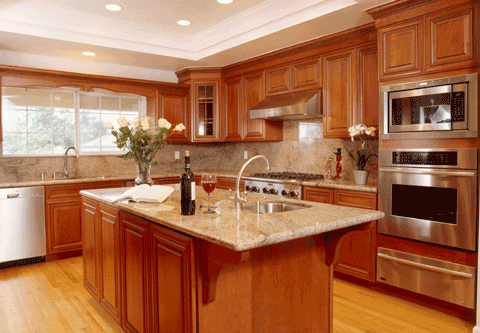
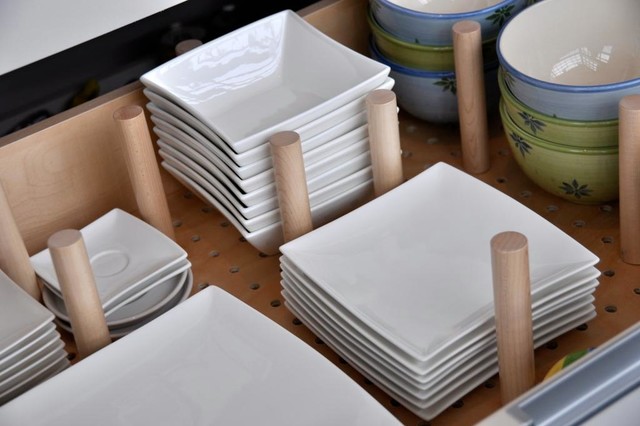





Comments